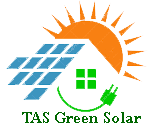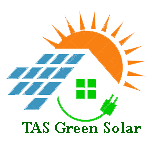There are two warranties provided for solar panels: one for the product, another for its performance.
Product warranty is for the panel itself; it's the typical type of warranty that offers repair or replacement if there are any manufacturing faults. Most solar panel product warranties are for 10 years; some manufacturers offer 12, 15 or even 25 year product warranties.
It's important to know the difference between the product and performance warranties; you'll see a 25-year performance warranty promoted more loudly than a 10-year product warranty, but the product warranty is the one that you're more likely to call on if there's any problem.
The performance warranty is a guarantee that that as long as the panel is functioning and undamaged, it will still produce at least 80% of its claimed power rating after 25 years. The warranty usually also promises that the panel will degrade in an orderly, linear fashion; that is, it will only lose a small and predictable amount of power output each year.
Most solar panels have 25-year performance warranties, and most solar PV systems should last at least that long.


